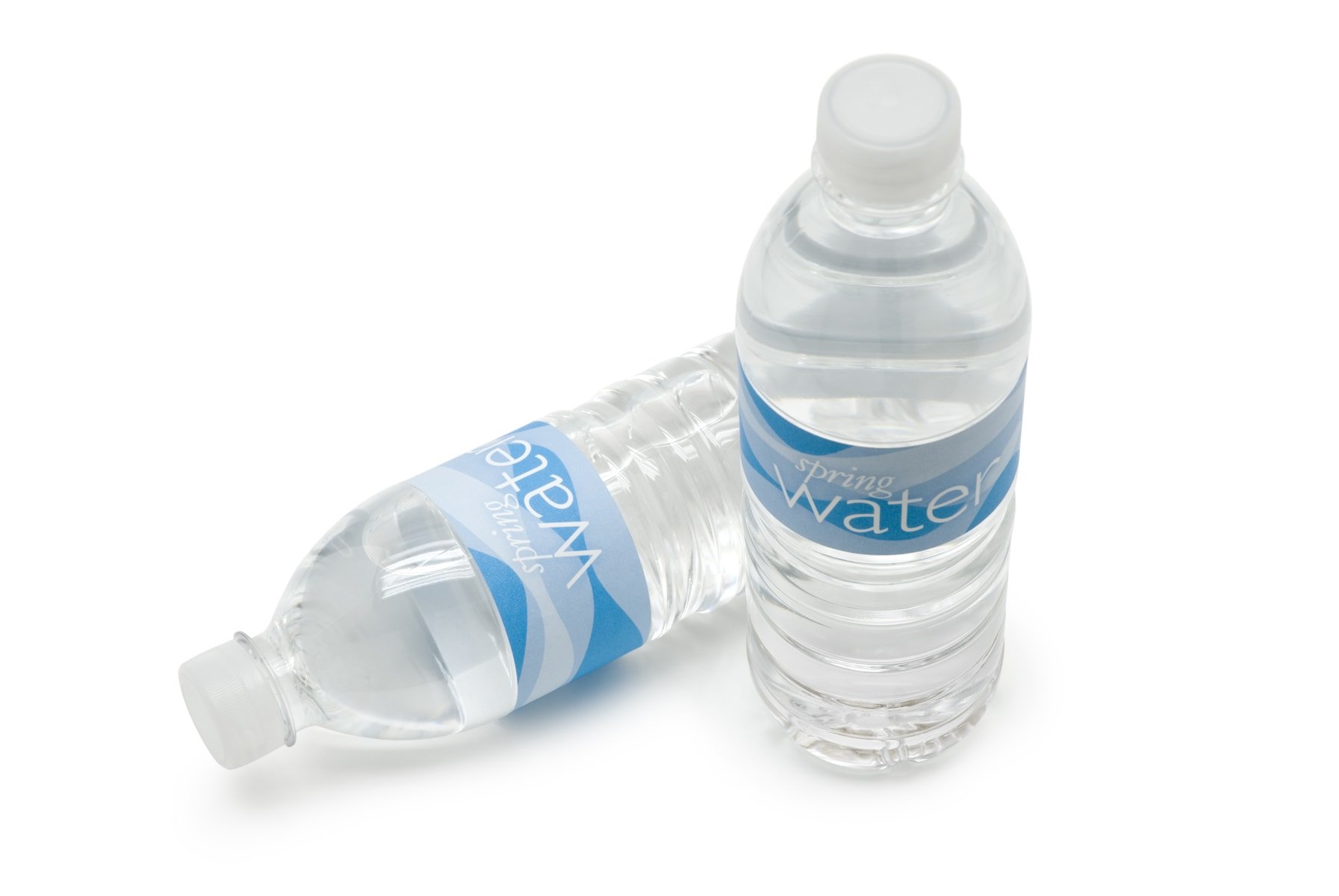Imagine quenching your thirst in mere seconds just by grabbing a plastic water bottle, filled with refreshing water. It’s convenient, right? Which is why they’re seemingly omnipresent, yet their impact on our planet is far from insignificant.
While plastic water bottles offer an immediate solution to our thirst, they simultaneously pose a prolonged problem for our environment. This blog explores this modern-day paradox, diving deep into the world of plastic water bottles to unearth their benefits, hazards, and viable alternatives. From here on, you’ll never look at a plastic water bottle quite the same way again.
The Fascinating Journey of a Plastic Water Bottle
Nowadays, using a plastic water bottle is as common as brushing your teeth. But have you ever wondered how it came to be? What are the positive and negative impacts created by this small, yet significant object? In this blog post, we will travel through the life of the ubiquitous plastic water bottle, exploring its production, usage, environmental impact and alternatives.
Production of Plastic Water Bottles
Let’s start at the beginning, when plastic water bottles are just a tiny dream in an oil well. Yes, you heard it right, oil! The manufacturing of plastic water bottles begins with the extraction of crude oil. This oil is then refined and transformed into a type of plastic known as ‘polyethylene terephthalate’ (PET), which is not as complicated as it sounds. PET is simply a strong, lightweight form of clear plastic that is perfect for holding our favorite beverages.
PET and Bottle Creation
Creating a plastic water bottle from PET involves a process called blow molding. This is where small PET pieces are heated until they melt into a liquid. This liquid is then poured into bottle-shaped molds and rapidly cooled, which hardens the plastic into the shape we all recognize, the humble water bottle.
Usage of Plastic Water Bottles
Now that our little bottle has been created, it is ready to fulfill its purpose. This is where we, the consumers, come in. The average person in the US drinks around 167 bottles of water each year. That’s a lot of bottles! We use them because they are convenient, readily available, and easy to carry about. Whether at the gym, in school, or at a picnic, a plastic water bottle can be a handy companion.
The Role of Marketing
Marketing also plays a big role in this. Bottled water companies spend millions on advertising to convince us that their water tastes better or is healthier than tap water. This has a huge impact on our consumption habits. By now, our bottle has probably fulfilled its duty and is empty. So, what happens next?
The Environmental Impact of Plastic Water Bottles
This is where the story of our plastic water bottle becomes a bit less cheerful. Most plastic water bottles end up in the trash, and from there, they often find their way into the ocean. It is estimated that 8 million metric tons of plastic waste enters the ocean each year. This is harmful to marine life and can even end up in our food chain. Furthermore, plastic bottles can take up to 1,000 years to decompose, making their environmental impact long-lasting.
Addressing the Issue
Many steps are being taken to address this issue. Recycling is one of the most prominent solutions. In the recycling process, plastic bottles are collected, cleaned, shredded, and then reformed into new products. This can reduce the demand for new plastic production, conserve resources, and reduce environmental pollution.
Alternatives to Plastic Water Bottles
While recycling is a step in the right direction, the most effective way to reduce the negative impact of plastic water bottles is to use less of them. To this end, alternatives such as reusable water bottles, glass bottles, or stainless-steel bottles are becoming increasingly popular. These alternatives are not just eco-friendly, but they can also save you money in the long run.
Making the Switch
Switching from single-use plastic water bottles to reusable ones is a simple change, but it has a big impact. By doing so, we can each reduce our plastic waste by an average of 156 plastic bottles each year. Imagine the difference we could make if we all made this switch!
As we can see, the journey of a plastic water bottle is a fascinating one. From its birth in an oil well, to its life in our hands, and its legacy in our environment, this small item has a big story to tell. By understanding this journey, we can see the impact our choices have on the world around us and make informed decisions that better our planet. So, the next time you reach for a plastic water bottle, think about its journey and consider the alternatives.
In conclusion, the plastic water bottle has become a significant part of our lives. Its production, usage, and disposal have profound impacts on our environment. By choosing alternatives and encouraging recycling, we can help to reduce this impact. Remember, every small step can lead to a big change for our planet.
Are BPA-Free Plastic Water Bottles Really Safer For Your Health? | Talking Point | Full Episode
Frequently Asked Questions
What are the common materials used in manufacturing plastic water bottles?
The most common materials used in the production of plastic water bottles are polyethylene terephthalate (PET) and high-density polyethylene (HDPE). PET is popular due to its lightweight and shatter-resistant properties while HDPE is often employed due to its sturdiness and durability.
Are plastic water bottles safe for reuse?
While it is technically safe to reuse plastic water bottles, it’s generally not recommended for long-term reuse due to possible chemical leaching and bacterial growth. Over time, the plastic may start to degrade and release toxins into the water, especially if the bottle is subjected to heat or harsh cleaning methods.
What are the environmental impacts associated with plastic water bottles?
Plastic water bottles have a significant environmental impact due to their production process and the difficulties associated with their disposal. They consume large amounts of energy in their manufacture and, once discarded, they take hundreds of years to decompose in landfills. Additionally, many bottles end up in oceans and waterways, posing a threat to wildlife.
What is BPA and why is it harmful?
BPA, or bisphenol A, is a chemical that is often used in the production of plastics, including some types of water bottles. Exposure to BPA has been linked to a variety of health issues, including hormone disorders, heart problems, and developmental problems in children. As a result, many manufacturers now produce BPA-free plastic water bottles.
What are the alternatives to plastic water bottles?
There are several eco-friendly alternatives to plastic water bottles. These include reusable water bottles made from materials such as stainless steel, glass, or safe-grade silicone. Other alternatives include using a water filter at home or carrying your own water in a refillable container.
How can plastic water bottles be effectively recycled?
Plastic water bottles are typically recyclable and can be placed in most household recycling bins. However, they should be emptied and rinsed out before being deposited to reduce contamination. The caps are also recyclable but should be kept on the bottle to ensure they are properly sorted at the recycling facility.
Final Thoughts
In summary, the use of plastic water bottles is a convenient choice, but it’s not without its downsides. They contribute to environmental pollution and could potentially harm our health. Opting for alternatives like reusable or biodegradable bottles could be viable solutions. The choice is ours to make, for a cleaner and healthier future. We’ve explored the world of plastic water bottles – it’s now up to you to decide its role in your life.
















